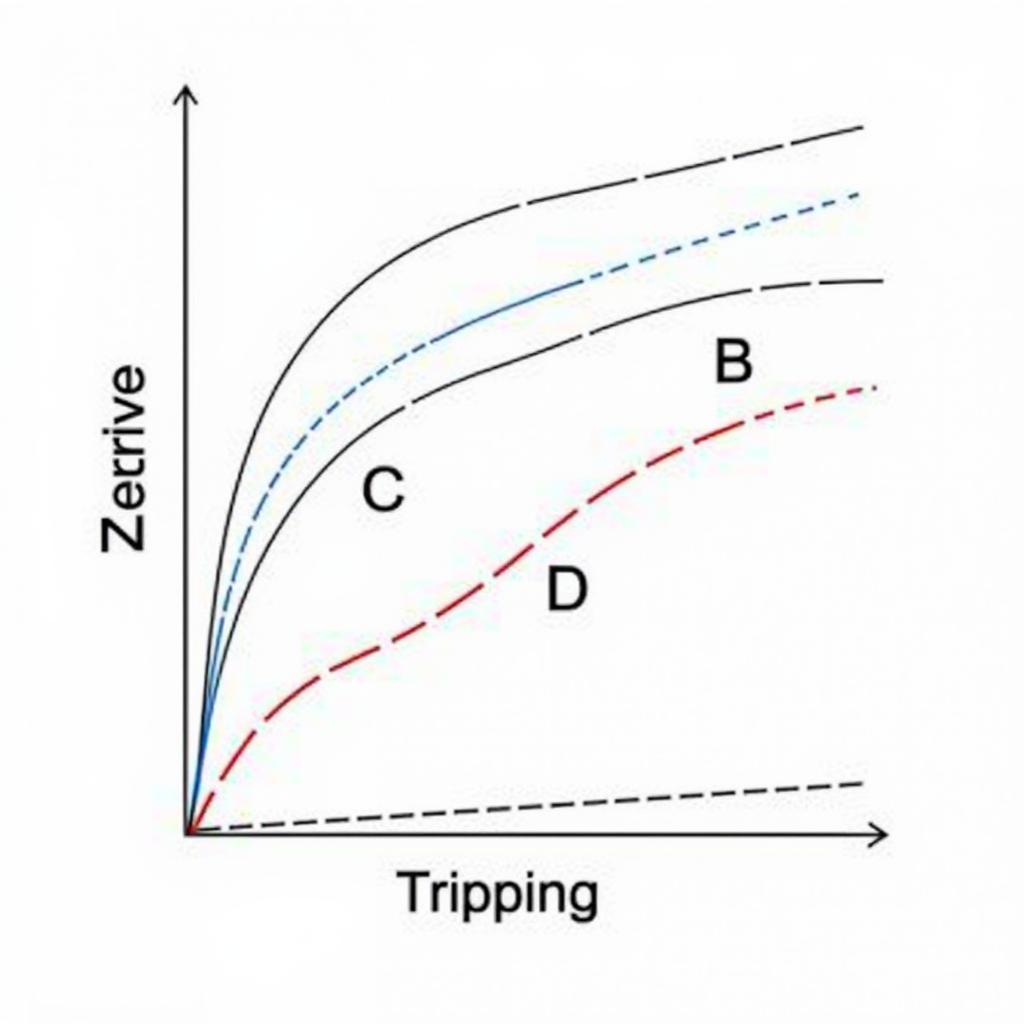Understanding the geographical relationship between ASEAN and the Gulf countries requires more than just looking at a map. It involves recognizing the growing economic, political, and cultural ties that are bridging the distance between these two dynamic regions. While separated geographically, ASEAN and the Gulf countries are increasingly intertwined, creating a network of opportunities and collaboration.
Unveiling the Geographical Relationship
A quick glance at a map reveals the geographical distance between Southeast Asia and the Arabian Peninsula. The South China Sea and the Indian Ocean lie between them, seeming to emphasize their separation. However, this geographical distance has not hindered the development of strong ties between ASEAN and the Gulf.
 Map highlighting ASEAN and Gulf countries
Map highlighting ASEAN and Gulf countries
Historical Connections: The Foundation for Modern Ties
The relationship between Southeast Asia and the Arabian Peninsula dates back centuries, with maritime trade playing a pivotal role. Spices, textiles, and other goods flowed between these regions, fostering cultural exchange and establishing early connections. This historical interaction laid the foundation for the robust relationship we see today.
Economic Synergy: A Catalyst for Growth
The economies of ASEAN and the Gulf countries complement each other remarkably well. ASEAN, with its abundant natural resources and burgeoning manufacturing sector, presents attractive investment opportunities for the resource-rich Gulf states. In turn, investments from the Gulf have contributed significantly to infrastructure development and economic growth in Southeast Asia.
Energy Security: A Shared Priority
Energy security is a critical area of cooperation. The Gulf countries, being major oil and gas producers, are crucial energy suppliers to the rapidly developing economies of Southeast Asia. This interdependence has fostered strategic partnerships and long-term energy agreements, ensuring stability and mutual benefit.
People-to-People Connections: Fostering Understanding
Beyond economics and politics, people-to-people connections are strengthening the bond between ASEAN and the Gulf. Growing tourism, student exchange programs, and cultural exchanges are fostering greater understanding and appreciation of each other’s cultures and traditions.
Looking Ahead: A Future of Shared Opportunities
The relationship between ASEAN and the Gulf countries is poised for further growth and diversification. As both regions navigate a rapidly changing global landscape, their shared interests and collaborative spirit will be crucial in unlocking new opportunities for mutual benefit.
Conclusion
While a map might initially highlight the geographical distance, the relationship between ASEAN and the Gulf countries is defined by much more than physical proximity. It’s a relationship built on historical connections, driven by economic synergy, and strengthened by people-to-people ties. As we move forward, this partnership promises to be even more significant in shaping a future of shared opportunities and prosperity.

